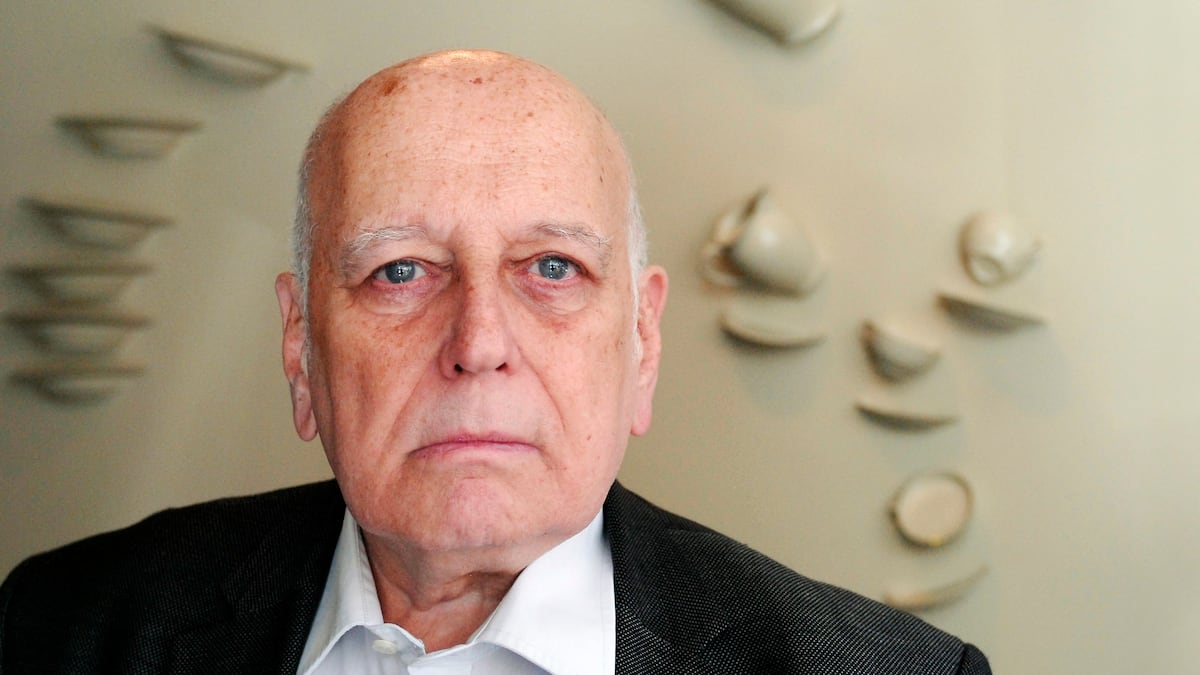

“Books can simplest lead, like infallible matchmakers, to the need that preceded their studying.” Hidden in parentheses in opposition to the center of his first fiction guide, the word is obtainable as a central thread within the plot of texts and movies constructed via the Argentine author and filmmaker. Edgardo Cozarinsky (1939-2024), died this Sunday on the age of 85. The guide guides the reader however, if the need used to be no longer there ahead of, neither one nor the opposite will pass any place. And if it used to be, in combination they’ll to find the trail that, someway, used to be already written. “Cozarinsky is a overdue Borgesian whose primary literary references don’t belong both, excluding Jorge Luis Borges“, to not Spanish but in addition to French, to German, to Russian, and which has taken the primary of linguistic duplicity and the artwork of cultural displacement even additional,” outlined the North American Susan Sontag, additionally a author and filmmaker, within the prologue to the guide that concealed that word, city voodooa cult paintings at the start revealed in 1985.
Cozarinsky’s loss of life stunned the cultural group of Argentina and Latin The united states. The farewell phrases and the revaluation of his paintings multiplied within the final hours, whilst his stays had been laid to leisure within the Nationwide Library.
Born in Buenos Aires, a descendant of Ukrainian Jewish immigrants who arrived within the nation on the finish of the nineteenth century, Cozarinsky used to be a prolific author who left greater than 20 movies and 25 books—the overwhelming majority written within the final twenty years. His hallmark, in cinema and literature, used to be a glance in a position to combining, successively or concurrently, fictional narrative, documentary chronicle and the mirrored image of essayism. Cozarinsky stated that he had grown up, within the fifties and sixties, frequenting cinemas and “studying texts that just about nobody learn anymore” and that he endured like this, “at the margins of modernity, postmodernity, or higher but, present occasions.”
Slightly turning 20, he collaborated writing and translating in Ona key endeavor in Argentine cultural historical past, and rubbed shoulders with the crowd of intellectuals who gave lifestyles to the mag and the publishing area of the similar identify: the sisters Victoria andSilvina Ocampo, Jorge Luis Borges, Adolfo Bioy Casares and José Bianco, amongst others. In his memoirs, a number of occasions between 1962 and 1974, Bioy Casares integrated him in the well known creation to his dialogues and conferences with the creator of Fictions y El Aleph: “Borges and Cozarinsky consume at house.” Additionally in the ones diaries, Bioy said in 1973 “everybody’s pleasure” upon figuring out that he and Borges, as participants of a jury of the newspaper The country, had awarded—with out figuring out who had written it—“The Indefensible Tale,” an essay via Cozarinsky about gossip as a core piece of literature and about its “privileged position within the novelistic observe of Henry James and Marcel Proust.” That essay used to be expanded and republished via its creator, the final time with the name New Gossip Museum.
After directing his first movie, apparently titled… —that used to be the name, 3 ellipses, with out phrases—, and submit the guide Borges and cinemain 1974 Cozarinsky went into exile in Paris, France, the place he would stay till 1989. There he studied with Roland Barthes, left out his recommendation to acquire a doctorate with a thesis on gossip, and devoted himself to filming.
Most likely his best-known movie is One guy’s battle, from 1981, a “documentary fiction” that superimposes the diaries of the German author and soldier Ernst Jünger regarding the Nazi career of Paris throughout Global Conflict II with photographs from newsreels of the time. Within the distinction between the plain normality of day by day lifestyles and the silenced horror, Cozarinsky himself would later see an allusion to what used to be going down then in Argentina, subjected via the state terrorism of the dictatorship (1976 and 1983).
Within the following years he directed movies reminiscent of Self-portrait of a stranger(1983, sober Jean Cocteau)Warriors and captives(1989, adaptation of a tale via Borges) and Rothschild’s violin(1996), amongst many others. Again in Buenos Aires he endured filming and fell in love with tango, which he had left out as a tender guy. He wrote about tango (Milongas, from 2007), additionally listened to it and danced to it. “Within the couple that dances, the soul descends to the frame,” quoted the author Ezequiel Martínez Estrada.
The analysis of most cancers in 1999 triggered his flip to literature. Between 2001 and 2023 she revealed greater than two dozen books of brief tales, essays, novels and memoirs, beginning with The Bride of Odessaand finishing in Permutations on Joseph Roth, some of the writers he admired, and in an anthology of his texts. In 2018 received the Hispanic American Quick Tale Prize Gabriel García Márquez via On the final drink we go away.
A couple of months in the past, final December, Cozarinsky launched his newest movie, Duet, directed and starring via himself in conjunction with Rafael Ferro. Structured in brief chapters, the movie narrates the friendship shared via each filmmakers. Probably the most fragments has as an epigraph some verses via Cozarinsky: “Take into accout me, the mud murmurs, and the wind disperses it.”
Subscribe right here to the EL PAÍS América publication and obtain all of the key data on present occasions within the area.










